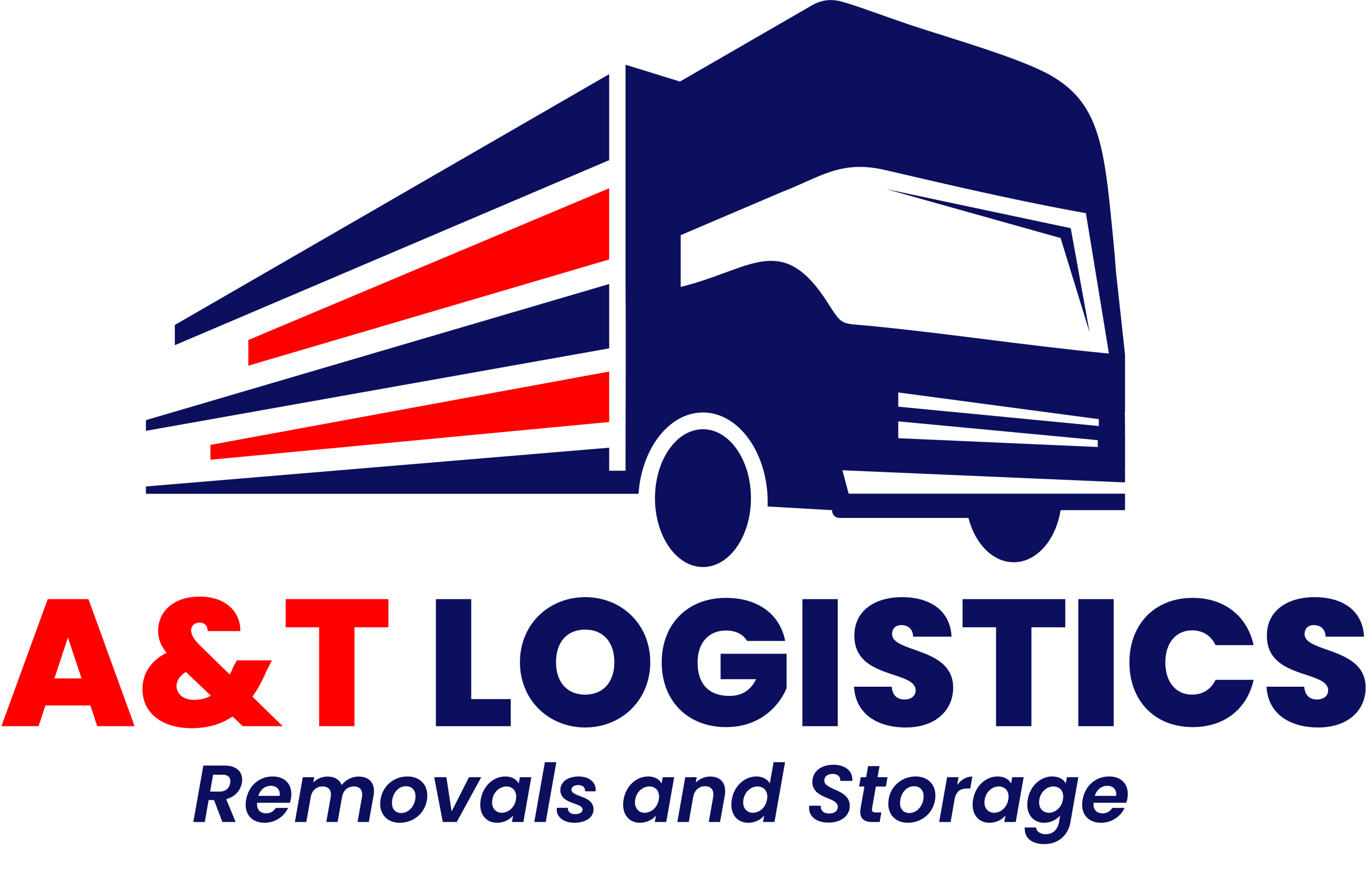A key M&A integration best practice is always to set aside an ardent great site spending plan and staff for this process. This can range from 1% to 7% of the package size. This can be necessary to build an the use strategy, set up communication protocols and train the management and personnel on the improvements.
It’s crucial to tailor the mixing plans to guide the objectives and reasons for value that drove the acquisition in the first place. This requires a thorough, operational gap analysis that will reveal the best long-term integration path. Too often, companies turn to off-the-shelf plans that overemphasize operations and are generic to every integration, and will miss the first aspects of this transaction.
To speed the integration process, help to make a priority on the core benefit drivers that fueled the acquisition. Centering on these is going to shape the sequencing and pace with the work channels. For example , in a technology acquisition that required a brand new R&D and sales funnel launch, the integration managers centered their effort and hard work on 3 core clubs. This allowed them to devote the needed talent, some operations attention.
Work out speed up the mixing is to commence culture analysis and planning early, possibly during the due-diligence phase. This will help to the buying organization better understand the ethnical dynamics that will be for play when the acquisition can be complete. Therefore, the acquirer will be able to determine an incorporation approach that delivers the specified degree of post-acquisition autonomy ~ from a more hands-off, deferred integration that preserves the acquired culture, to full integration that maximizes top-line and cost synergetic effects.
